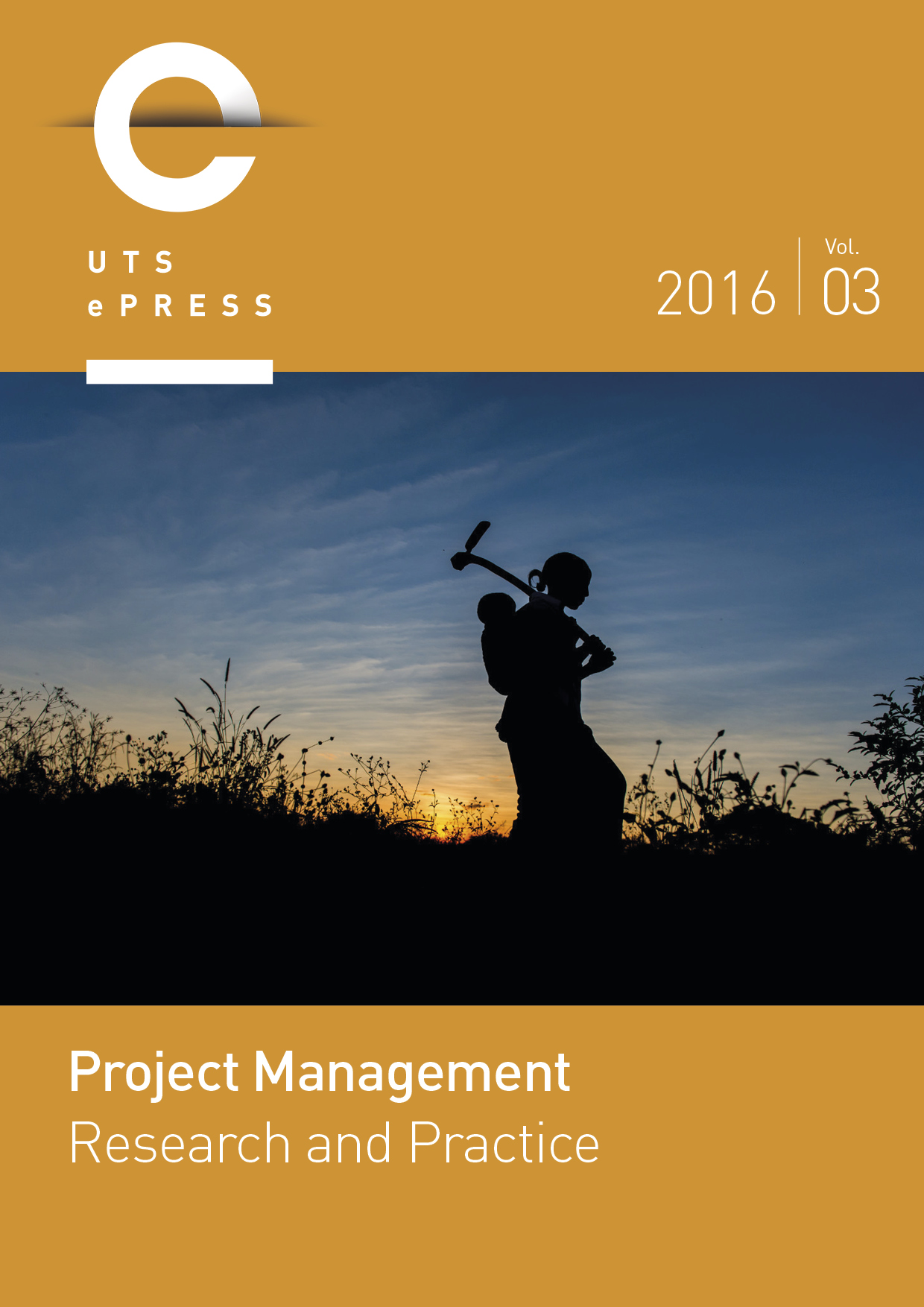Managing an Integrated Project - Experiences from the Realigning Agriculture to Improve Nutrition project
Main Article Content
Abstract
Over the last number of decades there has been a tendency within the international development sector to privilege the management of projects in a siloed manner. This translates to projects managed in a narrow way according to pre-defined parameters of say the education or health sectors. As a project manager you are held accountable for delivering education or health outputs. A shift in donor funding to focus on development projects that are considered easy to administer partly explains this siloed approach to project management within the development sector. However, there is a gradual kick back against the siloed project management approach. Instead we are seeing a return to an integrated managerial approach.
An integrated managerial approach involves bringing together various technical specialists to work on common objectives in a coordinated and collaborative manner. A growing number of development actors such as Concern Worldwide are embracing this ‘new approach’. For Concern Worldwide integrated projects are interventions which address multiple needs through coordination across a variety of sectors and with the participation of all relevant stakeholders to achieve common goals. Integrated projects are about sector projects working together with the same target group in the same area in a coordinated manner. This paper reflects on Concern’s experience and evidence to date with integration drawing on the agency’s work in Zambia. The Realigning Agriculture to Improve Nutrition project in Zambia highlights the practical challenges and lessons of managing an integrated project.
Article Details
Section
Authors who publish with this journal agree to the following terms:
a) Authors retain copyright and grant the journal right of first publication with the work simultaneously licensed under a Creative Commons Attribution License that allows others to share and adapt the work with an acknowledgement of the work's authorship and initial publication in this journal.
b) Authors are able to enter into separate, additional contractual arrangements for the non-exclusive distribution of the journal's published version of the work (e.g., post it to an institutional repository or publish it in a book), with an acknowledgement of its initial publication in this journal.
c) Authors are permitted and encouraged to post their work online (e.g., in institutional repositories or on their website) prior to and during the submission process, as it can lead to productive exchanges, as well as earlier and greater citation of published work (See The Open Access Citation Advantage Service). Where authors include such a work in an institutional repository or on their website (ie. a copy of a work which has been published in a UTS ePRESS journal, or a pre-print or post-print version of that work), we request that they include a statement that acknowledges the UTS ePRESS publication including the name of the journal, the volume number and a web-link to the journal item.
d) Authors should be aware that the Creative Commons Attribution (CC-BY) License permits readers to share (copy and redistribute the work in any medium or format) and adapt (remix, transform, and build upon the work) for any purpose, even commercially, provided they also give appropriate credit to the work, provide a link to the license, and indicate if changes were made. They may do these things in any reasonable manner, but not in any way that suggests you or your publisher endorses their use.
